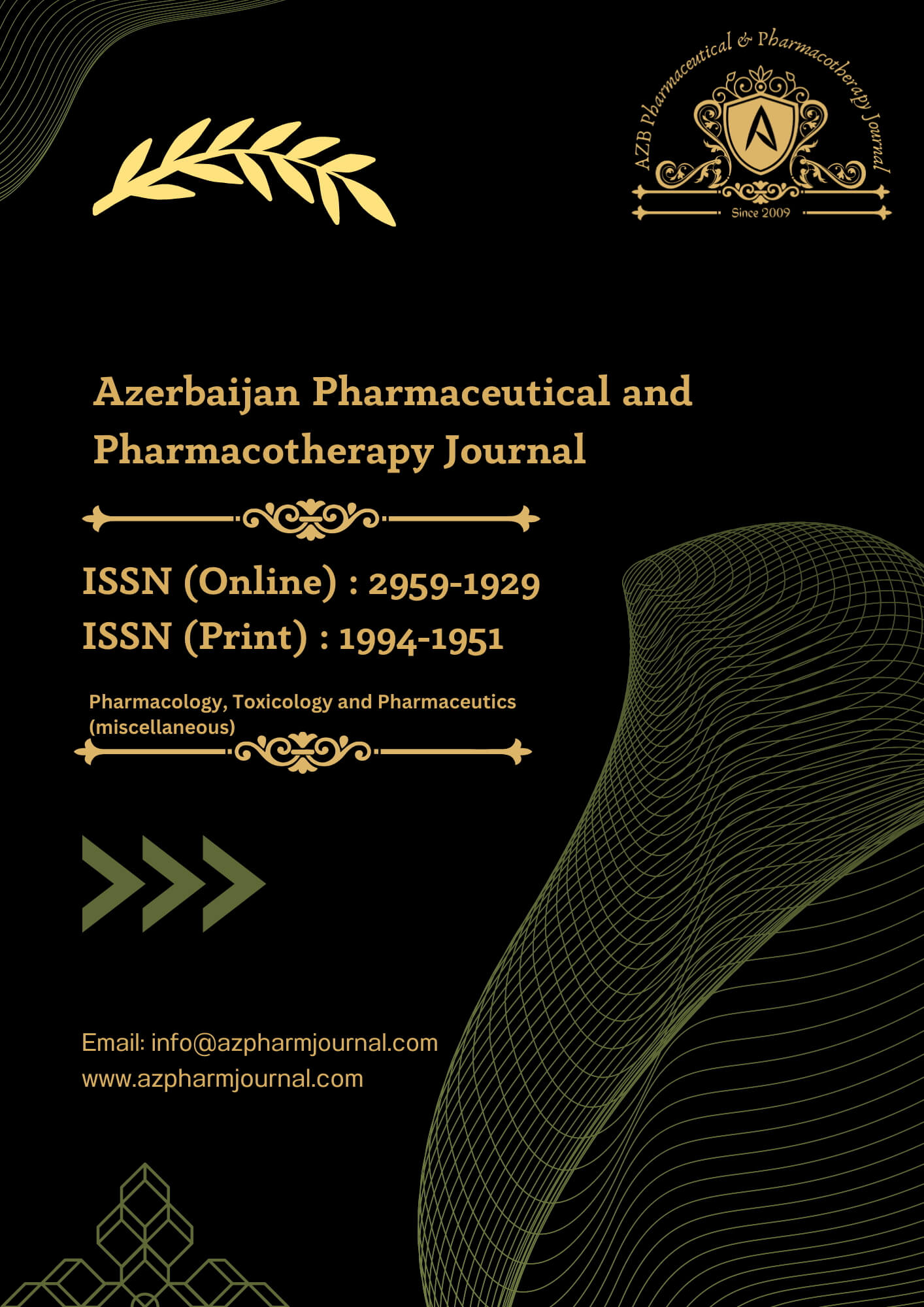Choledocholithiasis is the presence of stones within the common bile duct (CBD)1 Gallstones are prevalent in approximately 15% population of the United States2.Although figures quoted vary according to the age, sex, and ethnicity of the group examined, the overall prevalence in India is almost similar3,4.Choledocholithiasis is classified as primary or secondary according to stone origin. Primary choledocholithiasis refers to stones formed directly within the biliary tree, while secondary choledocholithiasis refers to stones ejected from the gallbladder. Primary choledocholithiasis generally composed of brown stones, associated with bacterial infection of the bile duct. Bacteria secrete an enzyme that hydrolyzes bilirubin glucuronides to form free bilirubin, which then precipitates5-7. Secondary choledocholithiasis stone composition parallels that of cholelithiasis, with cholesterol as the most common type. Stones typically originate in the gallbladder then migrate to the common bile duct. In distinction to cholelithiasis, the majority of choledocholithiasis is symptomatic specifically, right upper quadrant pain, caused by distention of the extrahepatic bile duct, along with nausea and vomiting8.Biliary stones are classified by chemical composition: cholesterol (>70% cholesterol), mixed (30% < cholesterol < 70%), and pigmented (cholesterol < 30%)9.
The diagnosis of choledocholithiasis is initially suggested by symptomatology, laboratory tests, and ultrasound (US) findings. Individually, each of these variables has a poor sensitivity and specificity for choledocholithiasis10,11.Nearly 55% of patients with common bile duct stones have symptoms and half of them have complications12. Recommended treatment strategies for common bile duct stones are preoperative endoscopic retrograde cholagio pancreaticography (ERCP) followed by cholecystectomy, cholecystectomy with intraoperative cholan- giography, intraoperative ERCP, surgical removal of the stone, postoperative ERCP13-15. Amongst all, preoperative ERCP and laparoscopic cholecystectomy (LC) is the most preferred approach these days due to the development of expertise over time and technical availability at most centers16,17.ERCP procedures, which include bile duct cannulation, contrast infusion, and sphincterotomy, may induce inflammation that could impact the outcomes of subsequent laparoscopic cholecystectomy (LC) by causing intraoperative difficulties and postoperative complications. However, the advantage of performing LC early (24 to 72 hours after ERCP) versus late (>6 weeks) remains uncertain. This study aims to compare these two timing approaches in terms of intraoperative challenges, operative time, drain use, conversion rates to open surgery, postoperative complications, and hospital stay duration. Therapeutic strategies for managing choledocholithiasis often include preoperative ERCP followed by LC, LC with intraoperative laparoscopic CBD exploration, LC with intraoperative ERCP (rendezvous technique), or LC with postoperative ERCP.
AIM
To compare the clinical outcome following early and late cholecystectomy patients after ERCP
